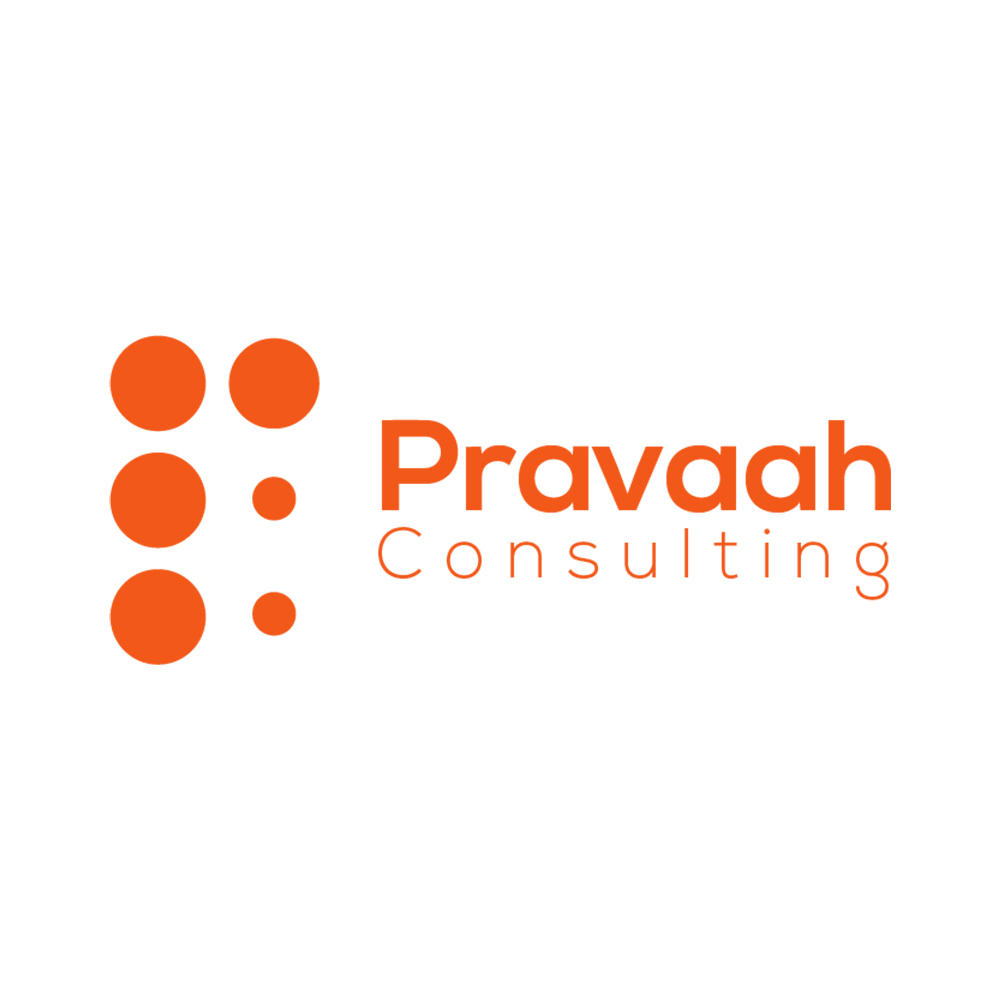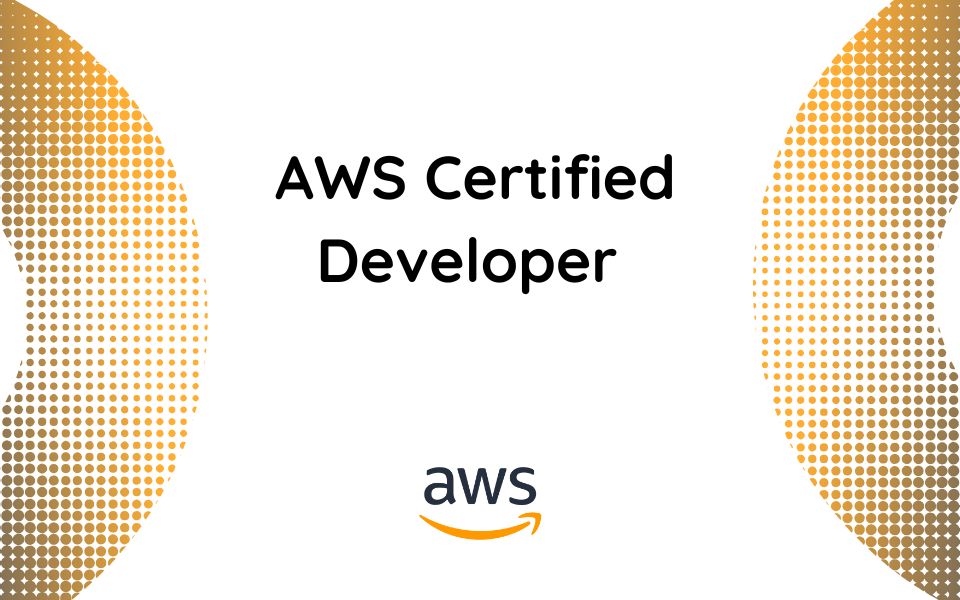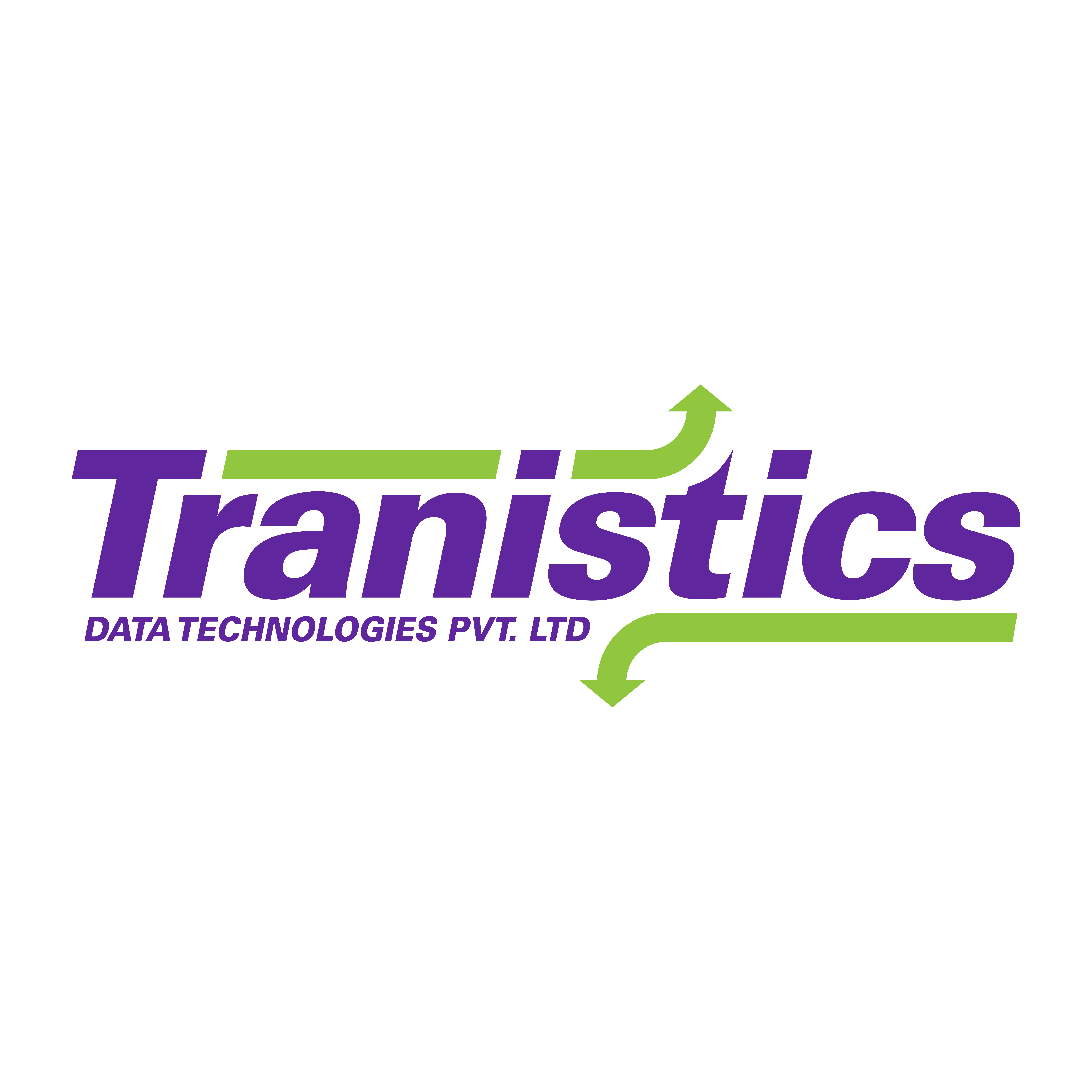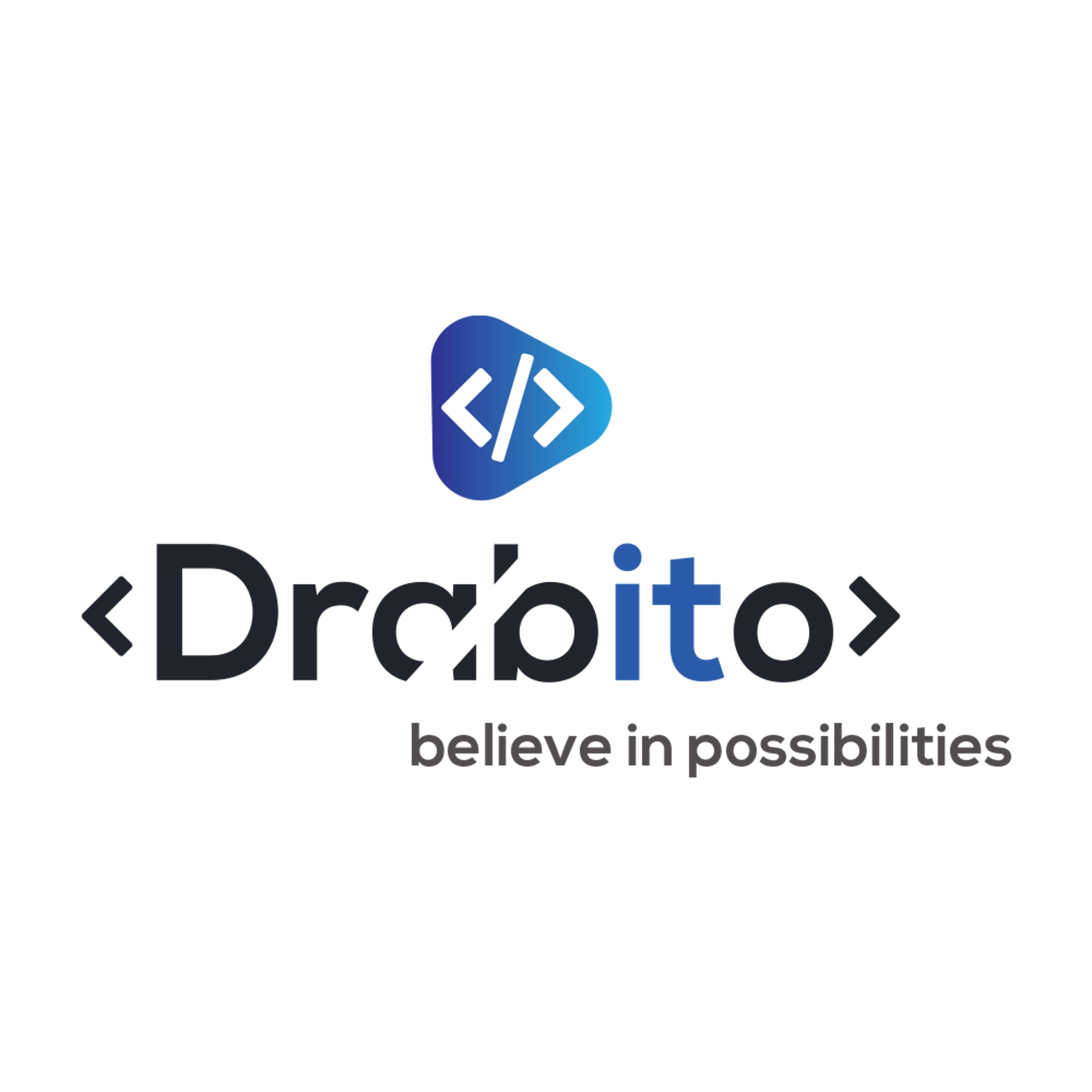With the advent of the internet, came an irrevocable transformation in people’s browsing and purchasing habits. Thus it stands to reason that there came about a change in the way businesses market and sell their products. With the advent of the internet, came an irrevocable transformation in people’s browsing and purchasing habits. Marketers can now collect campaign data in real-time thanks to the digital boom. While evaluating the marketing touchpoints of a customer’s purchase journey was once practically impossible, data transparency today allows marketers to improve the performance of their campaigns through marketing attribution.
then came the COVID-19 pandemic which took a toll on a number of industries. While companies around the world are starting to figure their way out to recover in the post-pandemic world, many remain cautious. This puts allocating the budget for advertising in a spot. While large businesses can spend millions of dollars on branding, small businesses must focus on the bottom line in order to remain profitable. Thus, In today's digital world, incorporating performance marketing into your overall advertising approach is a sensible choice.
Performance marketing management, as opposed to traditional and organic marketing, is used to drive actions, track and measure those actions, and attribute the ROI of each asset, campaign, or activity. It basically puts the reign back in the hands of the advertiser. Thus, it can be said that it is a synthesis of advertising and innovation that enables retailers and affiliates to grow their businesses in dynamic ways. Campaigns are highly targeted so that everyone can succeed, both retailers and marketers
What is performance marketing?
It is digital marketing or advertising strategy in which businesses only pay the affiliates, advertisers or performance media marketing companies when a specific, agreed-upon result is achieved rather than a fixed charge. This could be a new lead, a sale, a click, a subscription, a download or any other outcome agreed upon between the advertiser and the business.
It mixes advertising and brand marketing operations, focusing on quantifiable results to decide the payout. It's also known as online performance marketing or performance media marketing.
Performance marketing can refer to a wide range of measurable activities. Advertisers and marketers can measure the success of their work and make informed decisions based on the performance of their campaigns. They can see what is and isn't working for them, as well as the impact it has had on their overall sales (online and offline), and optimize accordingly. Thus, the primary distinction between performance marketing and other types of marketing is how businesses pay for their campaigns. Advertisers pay when a specific action occurs, rather than upfront or monthly.
Performance Marketing Channels
this form of marketing focuses on constant campaign optimization in order to increase conversions, which necessitates testing and making data-driven decisions. For businesses looking for result-driven digital advertising strategies, this may be the ideal solution. The marketers ensure their advertisements reach their intended audience. It's important for digital marketers to remember that we live in a world where most people avoid commercials. As a result, if you want to attract substantial views and clicks, your ad styles and graphics must make a strong statement. To achieve true business performance, you must align your marketing objectives with the appropriate channels. The idea is to use a comprehensive set of channels to ensure that marketing tactics are tightly aligned with campaign goals and provide value to the target audience. Performance marketing entails the use of various types of digital marketing and advertising channels, such as the ones listed below.
- SOCIAL MEDIA ADVERTISING
Using social media ads is the most effective way to reach a larger audience. Advertising on social media comes in a variety of formats, payment methods, and targeting choices.
You can target a specific category of users with your social media ads. You can reach out to more of your followers as well as non-followers with social media that has powerful targeting and tracking capabilities by advertising on your preferred platform. You can create an ad campaign based on your company's goals. The brilliant thing about paid social media advertising is that you have access to marketing performance data. You can see the relationship between your investment and the results, and you can fine-tune your performance marketing campaign to improve performance.
- Native Advertising/Sponsored Content
Sponsored content is also known as native advertising. Native advertising is the concept of generating ads that are so well integrated into the page content, design, and platform behavior that the viewer believes the ad belongs there. This type of material must look, sound, and feel like it belongs on the site or platform where it is published. Instead of using traditional sales pitches, a native ad educates target customers to get them to the top of the sales funnel. Collaborations with the proper brand ambassador or influencer generate qualified leads and revenue, apart from increased online visibility. Collaborating with a content producer who can weave your brand into a story can be extremely beneficial. It's also crucial to find the correct platform and format. Native ads include things like promoted search results and sponsored social media posts.
- Search Engine Marketing
This performance marketing channel combines search engine optimization (SEO) and paid search, with a focus on the latter. The most common paid search model, pay-per-click marketing, places your ad above the fold to increase the visibility of your search results.
Search engines are the best place to put your adverts. Almost every online experience begins with a search engine, thus placing your ads there is perfect for enhancing your online visibility.
Advertisements for search engines show at the top of search results pages (SERPs). Thorough keyword research can go a long way in this case. Search engine users will be browsing for products similar to yours! What better place to put your product ad than in front of someone who is seeking it? You only pay when someone clicks on your ad, converts on your landing page, or takes another desired action.
- AFFILIATE MARKETING
An affiliate or publisher is a person or company which promotes another company's product or service. The affiliate promotes these items or services by linking to them or displaying advertisements for them on their website. Affiliate marketing is a type of online marketing in which a person or company is compensated for directing new leads or customers to a company's website. Affiliates are compensated by businesses for each referral or transaction.
- DISPLAY ADS
Banner advertising and other sorts of visual adverts that appear on websites that your audience visits are known as display ads. These ads often include a visual element, an ad copy, and a link to a landing page where users can become leads or consumers. By using internet advertising networks like Google Ads, you may target your ads to people whose interests, demographics, or online activity match those of your target audience. Under the performance marketing strategy, you only pay when someone clicks on your ad, converts on your landing page, or takes another predetermined action.
METRICS FOR PERFORMANCE MARKETING:
Now that we know what is marketing performance and that Qualified leads, sales, mobile app downloads, site traffic, repeat site visits, and engagement are the most common performance marketing metrics, the question that arises is how does a performance marketer find out if the targets are met. Here is a list of metrics that are mainly used for this purpose.
key metrics and KPIs commonly used in performance marketing:
The primary distinction between performance marketing and other types of marketing is how businesses pay for their campaigns. Advertisers pay when a specific action occurs, rather than upfront or monthly.
CPM (Cost Per Mille) The fee paid to a publisher for every thousand times an ad is displayed.
CPC ( Cost Per Click) The advertiser only pays when someone clicks on their ad.
CPL (Cost Per Lead) The advertiser only pays when a user fills out a sign-up form as a direct result of the ad.
CPA (Cost Per Action): The advertiser is only charged when a sale is made or a form is completed.
CPI (Cost Per Install) The advertiser only pays when a user installs their app as a consequence of the advertisement.
CTR ( Click Through Rate)The ratio of users who click on an ad to the total number of views.
ROAS (Return On Advertising Spend): This metric assesses a campaign's ability to achieve a specific goal, allowing businesses to see which methods work and where they can improve.
Benefits of Performance Marketing:
Digital Marketing has progressively evolved and continues to grow, much to the advantage of businesses. This also implies that the means for tracking performance has also evolved. With the advent of digital marketing via display, email, and social media channels, marketers can more easily track and optimize campaign performance. This is what performance marketing leverages the most. It emphasizes tracking and attribution, giving advertisers better control over their budget and return on investment.
Let us have a look at benefits Performance Marketing provides over traditional marketing:
Easy to Budget:
Since performance marketing management sets targets and an ideal cost per action at the start of the planning process, performance marketing initiatives are simple to budget for.
Strategy optimized to goals:
Since goals are emphasized throughout performance campaign efforts, therefore Ads are optimized based on the campaign's goal, whether that goal is viewable impressions, clicks, leads, or something else.
Easy tracking of performance:
Performance marketing strategies are set up with the sole objective of tracking and measuring performance. Thus it becomes easy to track the performance of campaigns and subsequently change them to generate better results with the help of numerous data analytics tools built specifically for performance marketers.
Less Risky:
Performance Marketers have complete visibility of their performance campaigns at all stages, allowing them to optimize and decrease risk as needed. Furthermore, because there is less danger, faster launch times are achievable.
Real-Time Tracking:
Performance Marketing makes it simple to track and measure your results. Knowing how each creative performs with a target audience is a huge asset for marketers, allowing them to adapt and respond to feedback throughout the campaign. Ads that have a higher click-through rate than others, can be used in other platforms to see if the conversion rate can be optimized further. Reacting to this performance over the course of a campaign can result in more positive results while staying within the campaign's original budget. Besides, You'll know how close to or far away you are from your goal with every click on your ad, sign-ups for your email subscription list, or any other action you set out to do. This makes it simple and quick to maintain track of your return on investment (ROI) at any given time. When it comes to paying for your performance marketing strategy, you'll also know how much you're responsible for monetarily.
There are numerous advantages and benefits of performance marketing but it is also important to mention that it can do even better with a synergy of other digital marketing tactics. What we mean is that performance campaigns are a part of a comprehensive whole that is digital marketing, It is more impactful when combined with other elements of digital marketing and technology.


































